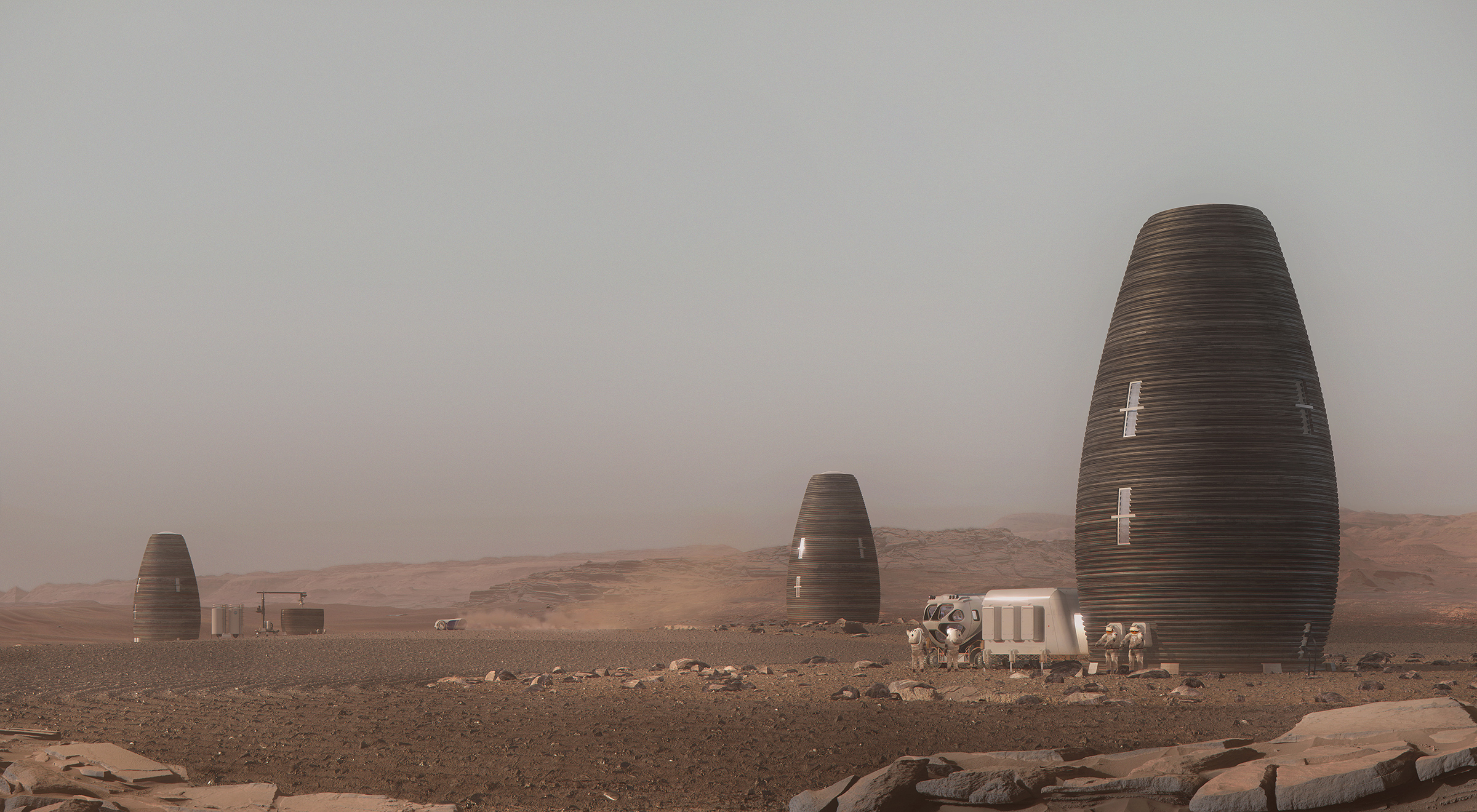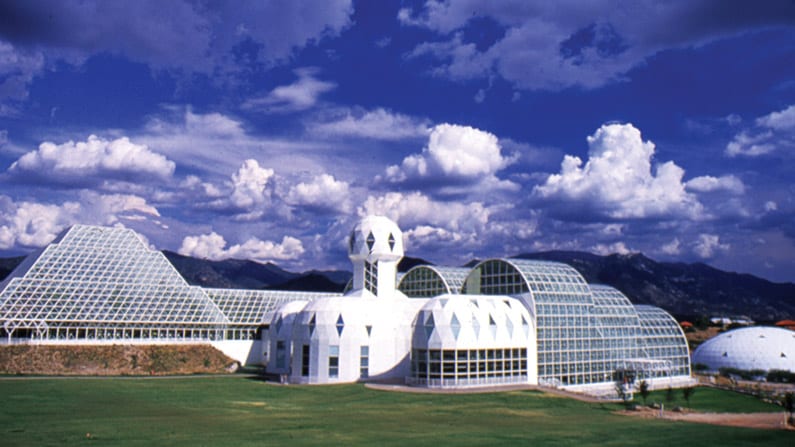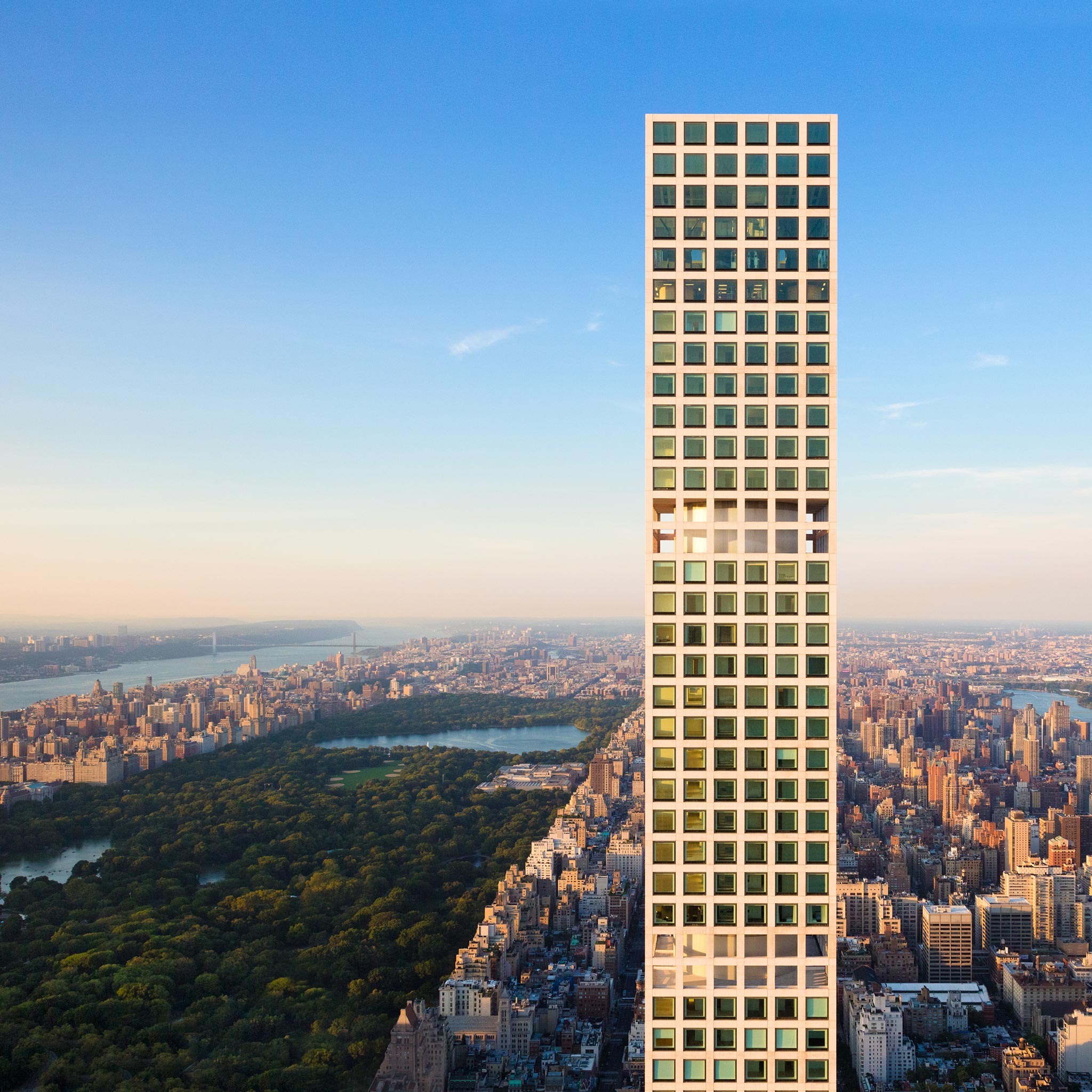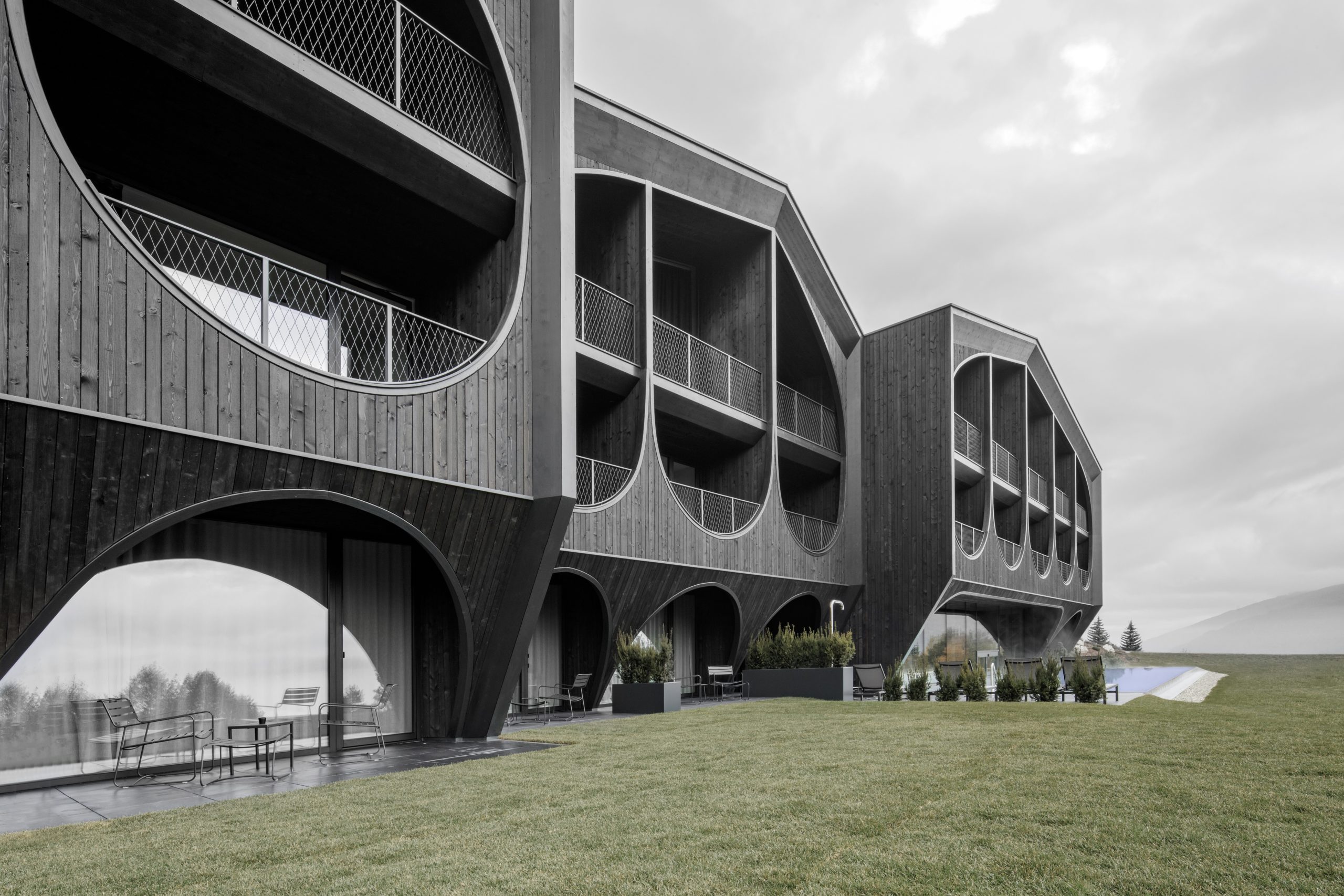Architizer's new image-heavy daily newsletter, The Plug, is easy on the eyes, giving readers a quick jolt of inspiration to supercharge their days. Plug in to the latest design discussions by subscribing.
For centuries humans have been learning and thinking about our planet in relation to the mysterious outer space. Through both science and fiction, humans have long dreamed about the possibilities — and consequences — finding another habitable planet. Meanwhile, architects continue exploring how we might build on other planets and what the buildings would look like.
Research, design and the imagination are refining the extraterrestrial dream with more and more details. A recent research paper by The University of Manchester and The University of Oslo points to exciting new possibilities. By combining a protein from human blood and the dust from Mars, scientists have created a bio-composite material capable of being transformed and 3D-printed to build habitable structures on Mars.
Further research points to the possibility of incorporating urea from human urine to increase the material’s compressive strength by at least 300%. Using human blood and urine to build might sound horrifying, but it offers a new way of tackling one of the major issues regarding establishing human habitat on Mars: limited access to construction materials that we use on Earth, such as timber, steel, concrete etc. While any type of transportation between Earth and Mars would remain expensive for decades, sourcing materials locally on Mars becomes the most feasible option.

Visualization of MARSHA by AI SpaceFactory, image via AI SpaceFactory
Initiating the Habitation: Building Shelters
Beyond material sourcing, the way that we consider structure and construction techniques will also have to be adjusted for the Martian environment. Firstly, the daily temperature range on Mars can span over 70°C. The structural components therefore must withstand much more severe thermal deformation. Plus, possible damages can increase as the number and types of components increase. Secondly, due to lower atmospheric pressure and gravity on Mars compared to that on Earth, the loading system will require significant reorganization. Factors that will affect the structure’s load include — but are not limited to — less dead load from Martian gravity, and more pressure from inside the structure as a result of sustaining a habitable, Earth level air pressure.
A possible approach to tackle these environmental qualities was modelled in MARSHA, the winning project of NASA-sponsored 3D-Printed Habitat Challenge. The commissioned construction method, 3D printing, creates a unified structure largely consisting of a single, constant material and fewer individual components. Structurally, the double-shelled design minimizes damage to the functional inner shell caused by thermal deformation on the outer shell. Lastly, as there is less gravity vertically pressuring the structure, the structure favors tall proportions that reduce the energy consumed by the 3D printing machine for moving around the site.
This proposal reveals a possible way to accommodate a few researchers or astronauts in this egg-shaped structure, but is it leading to a future where MARSHAs could be mass-produced and start forming an Earth-immigrant community?

Biosphere 2, 1991-1993, image via Ecotechnics
Realizing the Habitation: Self-Sustained System
Beyond limited building resources on Mars, humans also must consider the scarcity of living resources available in the Martian environment. Once the essential shelters are built, how can humans live sustainably with a limited set of initial resources?
Biosphere 2 took a brave try. Starting from 1991, in an artificial biosphere located in Arizona, eight crew members spent two years exploring the validity of a theoretical model for constructing a circular economy with the potential to be applied in an extraterrestrial living scheme. This 3-acre closed system was designed as if it were a miniature Earth with various biomes, agricultural land and human residential units. All wastes and water were said to be fully recyclable and food supplies were nearly self-sustained.
Although the experiment was forced to cease after a continuous drop in the system’s oxygen level, it is a valuable case to learn from. This result proved the difficulty in realizing this theoretical scheme, even with a seemingly controllable scale of just eight people. Any change in human activities or further development of the artificial environment would have tipped the precariously balanced scale, influencing the oxygen level — hence the entire enclosed bio-cycle.
In order to make the sealed system 100% self-sustained, all changes need to be precisely monitored and supplemented by timely adjustments and regular balancing. Although self-sustained human habitats exist only in theory today, we might be able to see a few astronauts touching down for a short-stay on Mars in the decades to come. Beyond these smaller visits, there is a long road of research ahead before constructing permanent human habitats outside Earth becomes a real possibility.

Vertical Forest Seeds on Mars 2117 by Stefano Boeri Architetti, image via Stefano Boeri Architetti
Living on Mars — Simply a Pipe Dream, or a Dream Coming True?
Significant design innovations usually accompany the development of technologies. In this case, incremental breakthroughs in material technology fuel our imaginations of extraterrestrial architecture. Furthermore, encouraged by organizations such as NASA, Martian architecture proposals incorporating some of the newest technologies are emerging one after another much frequently than ever.
When enjoying these challenging competitions, however, we should bear in mind that Mars and any other planet should not be the alternative to Earth. Our priority is still to design sustainable livings on Earth. As long as problems on this planet remain unresolved, the same problems on the next planet we occupied would be left behind as well. Yet, we also do not need to refrain from exploring outer space, as technologies to build in the Martian climate might provide us new angles to deal with the increasingly volatile weather on Earth, or make places that were considered uninhabitable habitable.
Architizer's new image-heavy daily newsletter, The Plug, is easy on the eyes, giving readers a quick jolt of inspiration to supercharge their days. Plug in to the latest design discussions by subscribing.









